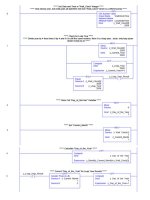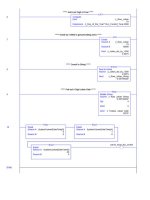Hi, my name is Marshall. Long time browser, first time poster!
I am looking for an elegant solution to a julian date problem. We have a label printer that encodes the julian date into the 2D Matrix ID (barcode).
It uses the "Juliandate" data type which worked fine for most of last year (it is a new machine), but now that we are in 2009, it does not add the zeros in front of the julian date.
Example: last year in December it said.... 3508, 350 being the day and 8 being the year.
Now this year we want 0059, but are getting just 59.
I need the julian date to always be 4 digits long. I don't see an easy way without writing a bunch of ugly code.
Any ideas???? Thanks in advance!
I am looking for an elegant solution to a julian date problem. We have a label printer that encodes the julian date into the 2D Matrix ID (barcode).
It uses the "Juliandate" data type which worked fine for most of last year (it is a new machine), but now that we are in 2009, it does not add the zeros in front of the julian date.
Example: last year in December it said.... 3508, 350 being the day and 8 being the year.
Now this year we want 0059, but are getting just 59.
I need the julian date to always be 4 digits long. I don't see an easy way without writing a bunch of ugly code.
Any ideas???? Thanks in advance!







